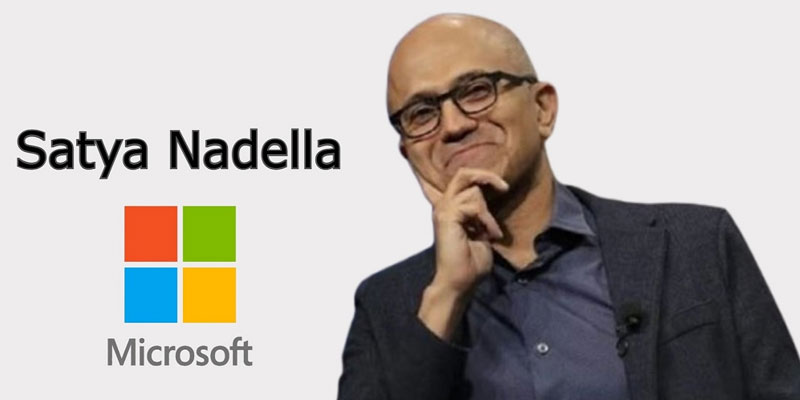The High Price of Progress: Layoffs and Lives Disrupted
In today’s fast-moving tech landscape, job security is no longer a guarantee — even at the most stable and successful companies. Major layoffs not only upend careers but ripple through families, communities, and entire industries. For employees, losing a job isn’t just a pay check gone — it’s identity, purpose, and long-term plans thrown into uncertainty.
Now, Microsoft, one of the world’s most powerful technology firms, is preparing to deliver another heavy blow to its workforce. Thousands of employees may soon find themselves cut adrift in the name of strategic realignment and artificial intelligence-driven efficiency.
Microsoft Eyes Another Round of Layoffs Amid Fiscal-Year End
According to a report, Microsoft is poised to cut thousands of jobs by the end of June — a familiar period for such restructuring, coinciding with the close of its fiscal year. This time, the sales division will bear the brunt of the cuts.
This follows the May 2025 layoff of around 6,000 employees, which already impacted workers across engineering, marketing, and customer support. Though Microsoft hasn’t officially confirmed the latest round, the pattern mirrors previous corporate cycles of trimming and rebalancing.
Currently, Microsoft employs 228,000 people globally, with about 45,000 in sales and marketing — a segment now seen as particularly vulnerable as AI reshapes outreach and customer engagement models.
AI Expansion Behind the Shift — Quietly but Clearly
While Microsoft hasn’t directly tied the layoffs to its aggressive expansion into artificial intelligence, the writing is on the wall. Internal research published by the company suggests a future dominated by lean, AI-supported teams. These insights point toward a fundamental restructuring of how tasks are distributed, especially in traditional human-heavy departments like sales and support.
Microsoft’s integration of AI tools like Copilot, its deep investment in OpenAI, and AI-enhanced services across Azure and Microsoft 365 reflect a commitment to making AI central to its business model. As this transformation accelerates, so too does the company’s apparent appetite for a leaner human workforce.
This is not an isolated case. AI-fueled disruption has now become a common cause of workforce cuts in the tech industry.
A Trend Across Tech: Major Layoffs in Recent Years
Microsoft’s job cuts follow a sweeping trend across Silicon Valley and beyond. In recent years, major firms have executed mass layoffs under the banner of “efficiency” and “AI transformation”:
· Meta laid off over 20,000 employees in 2023 as part of its “Year of Efficiency.”
· Google’s parent Alphabet cut 12,000 jobs around the same time, citing automation and cost control.
· Amazon has slashed tens of thousands of roles in logistics and corporate operations since 2022.
· Even OpenAI, the AI juggernaut, saw internal upheaval as rapid expansion outpaced internal infrastructure.
The common thread? All these companies are investing heavily in generative AI and automation — often while cutting human capital to offset costs or shift business models.
Technological Progress vs. Human Impact
Microsoft’s looming layoffs are not just a story about restructuring — they are a stark example of the double-edged sword of innovation. While AI offers extraordinary potential to transform productivity and growth, its rapid implementation raises urgent questions about workforce displacement, corporate ethics, and long-term sustainability.
As AI becomes the new foundation for digital economies, companies must weigh technological advancement against the real human costs. Efficiency cannot come at the expense of empathy. Microsoft may be leading the AI revolution — but it must also lead in redefining what responsible, people-first innovation truly means.
(With agency inputs)






















